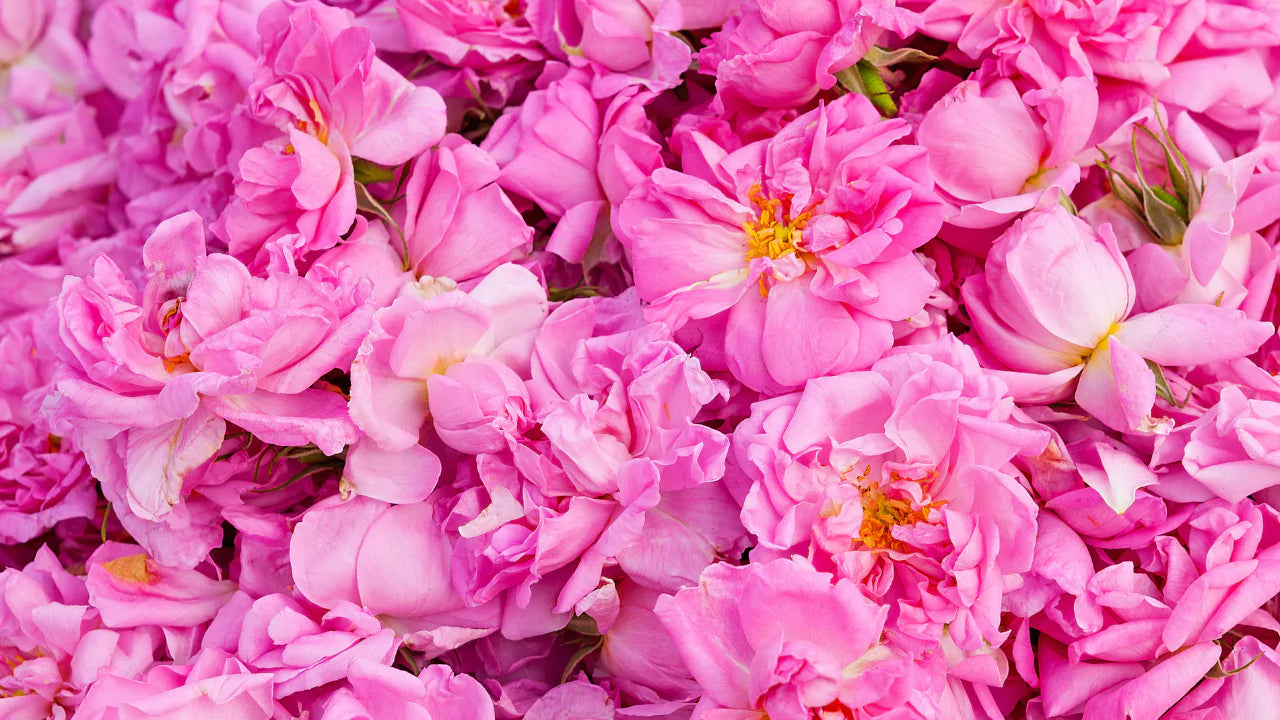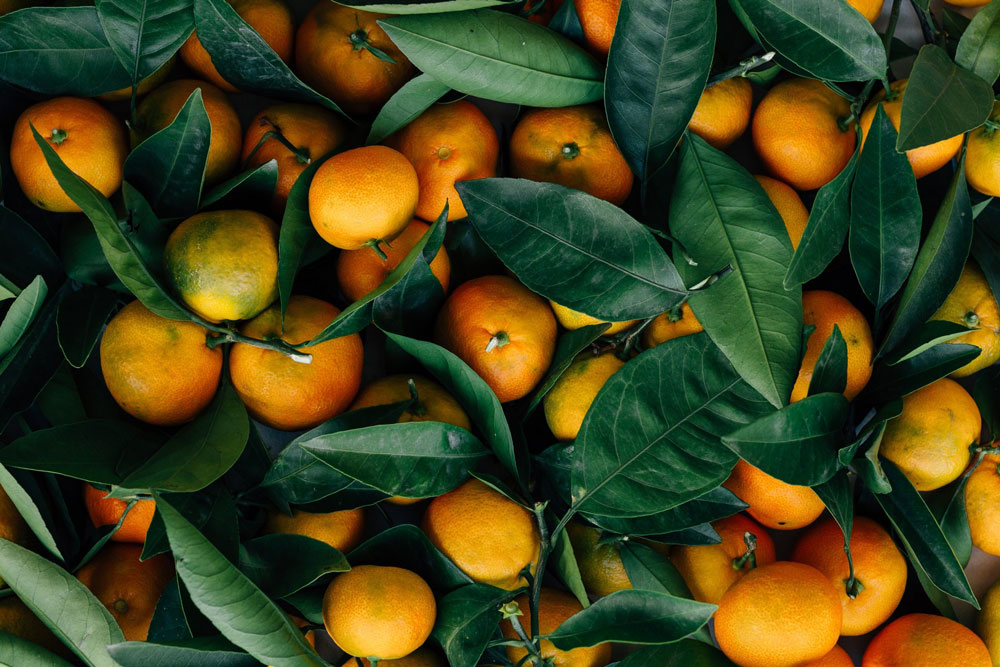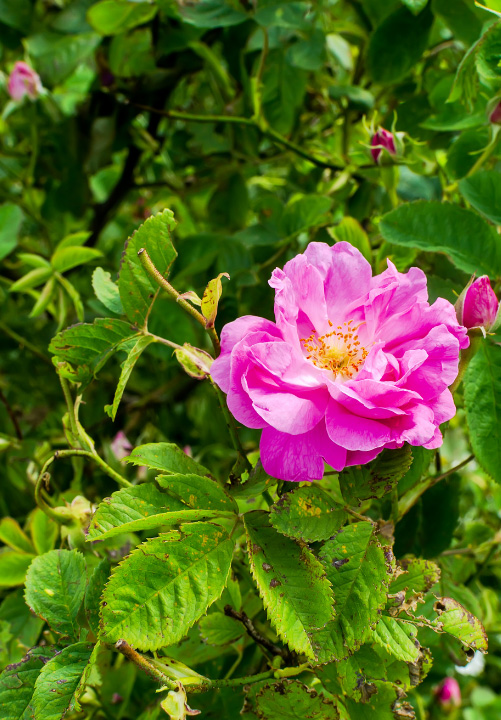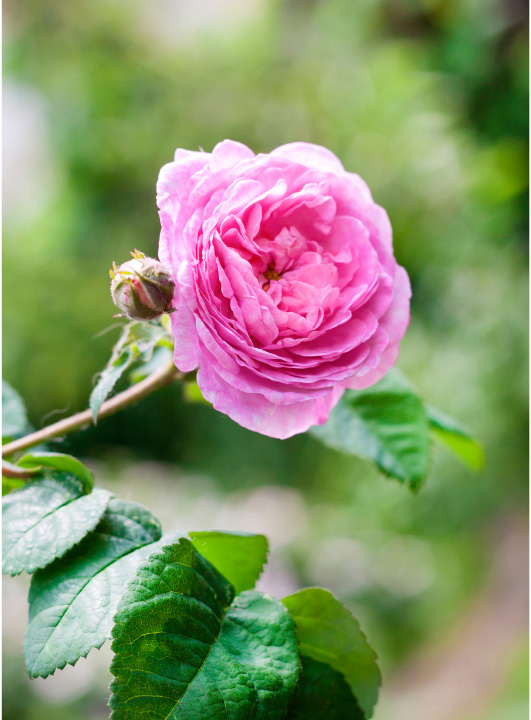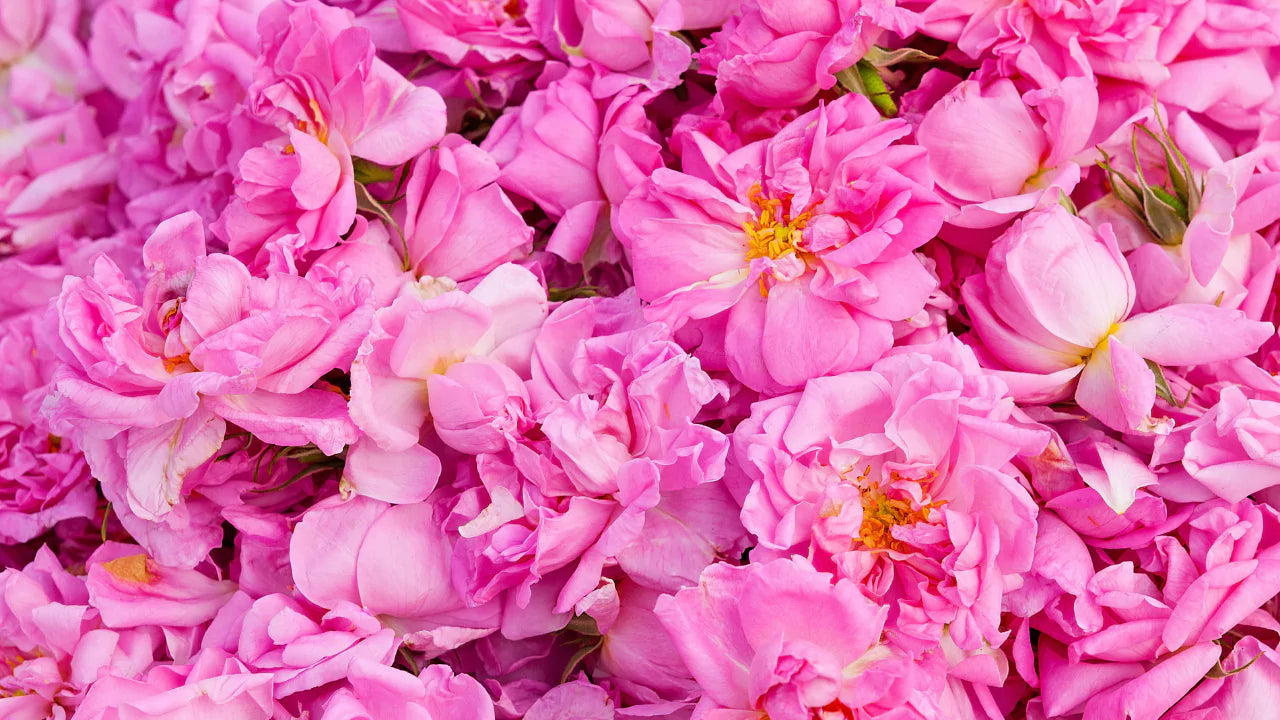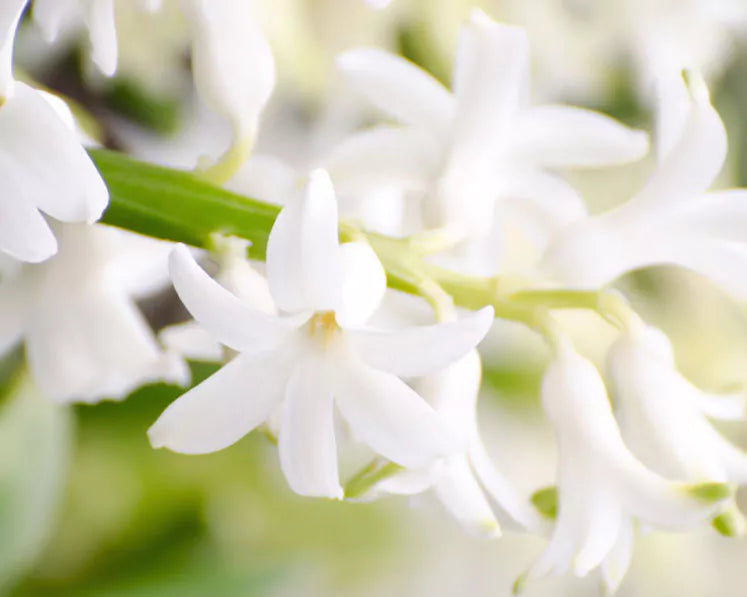Perhaps one of the most well known flowers of them all, the renowned “Queen of Flowers”. Not just for the romantics, English gardens or girls.
Rose take many colours but also many scents! Its complex molecular makeup makes it one of the most facetted scent in perfumery.
Not So Feminine
Rose is an incredible ingredient that is often misunderstood. For centuries, the terms ‘feminine’, ‘floral’ and ‘powdery’ have been strongly associated to the flower. While these are hard to break associations, it is important to note that certain species of rose carry a fresh, clean hint of citrus in their scents, woody and spicy notes, that can typically be associated with more ‘masculine’ tones.
Rose In Perfumery
An impactful floral note. Rose is prevalent all across the world in all shapes and sizes and not mention, in a variety of colours and smells. The excessive crossbreeding of roses to create a rainbow of colours has unfortunately led to hybrid roses losing their scent and so only some species of rose are used for fragrances.
Perfumers use only a few species of rose among the most scented: Rosa centifolia, also known as cabbage rose (in France) and Rosa damascena (in Turkey and Bulgaria). Rose is used in two extracts: the essential oil or the absolute, with the absolute being the deeper and sweeter variant.
Rose has stood the test of time thanks to its ability to blend perfectly with other florals, woods and citrus notes.
Rose extract’s chemical make up consists of hundreds of compounds, which explains why its scent is so rich and multi-facetted. Rose is almost a perfume by itself. Rose extracts can have scents ranging from citrusy notes (lemongrass), green (minty), fruity (peach, plum, wine), spicy (clove), amber and sweet facets, all in one single ingredients!
Molecular Wonder
All natural extracts is made up from different molecules, some of which are responsible for giving it its scent.
Rose oxide is a naturally chemical compound which on its own smell like a “metallic rose”. Other molecules contribute to the scent of rose, including citronellol, geraniol and phenyl ethyl alcohol, all are also present in other natural extracts.
Beware of indole, a natural molecule present in most flowers as that can make a rose oil smell dirty-animalic.
These molecules bring such excitement to the world of perfumery! Not only you can recreate the smell of rose but you can recreate the same rose again and again without worrying about its origin or harvest! It also means you can create an endless variety of rose scents that is not found in the flowers themselves. Experimentation in it’s truest form. All while not burning a hole in the pocket as rose extracts come with a big price tag.


